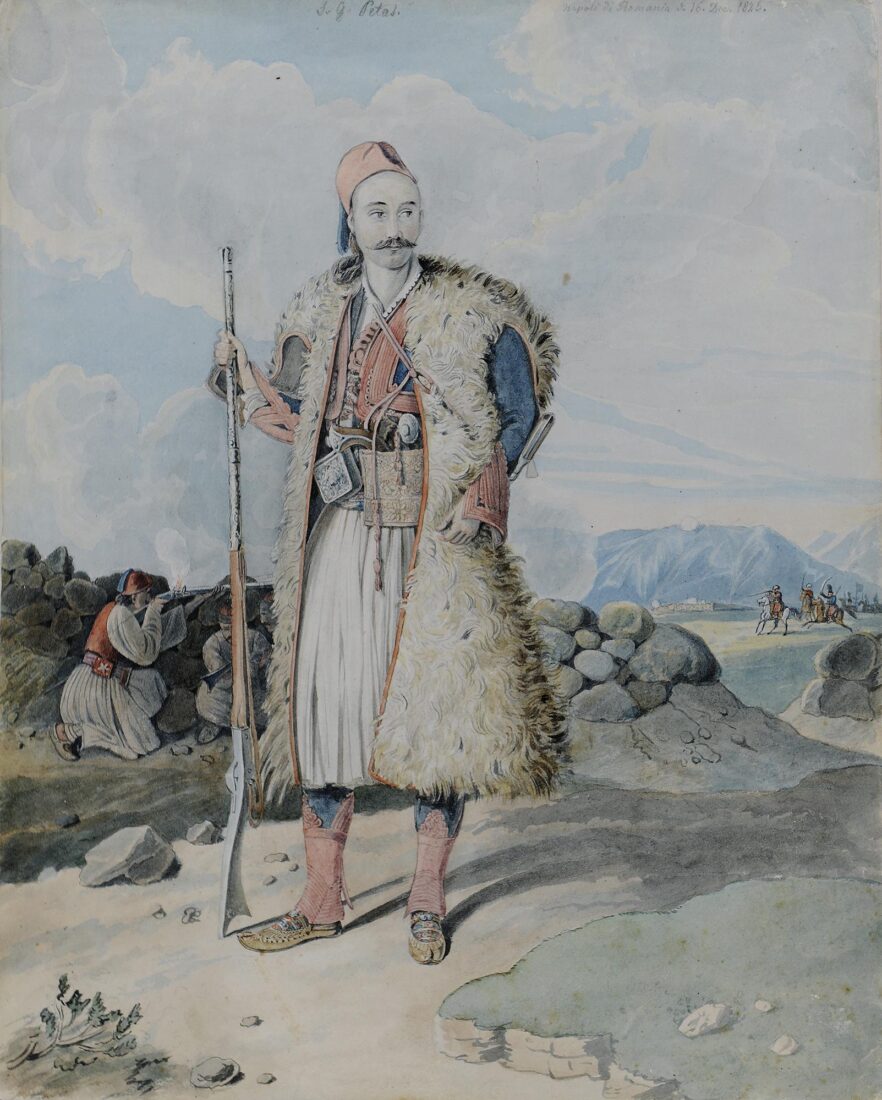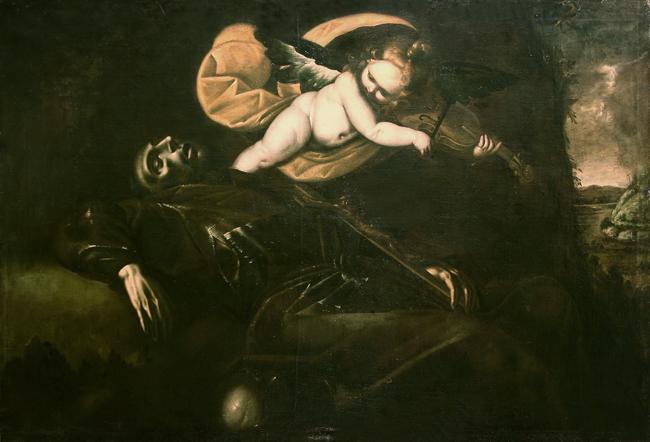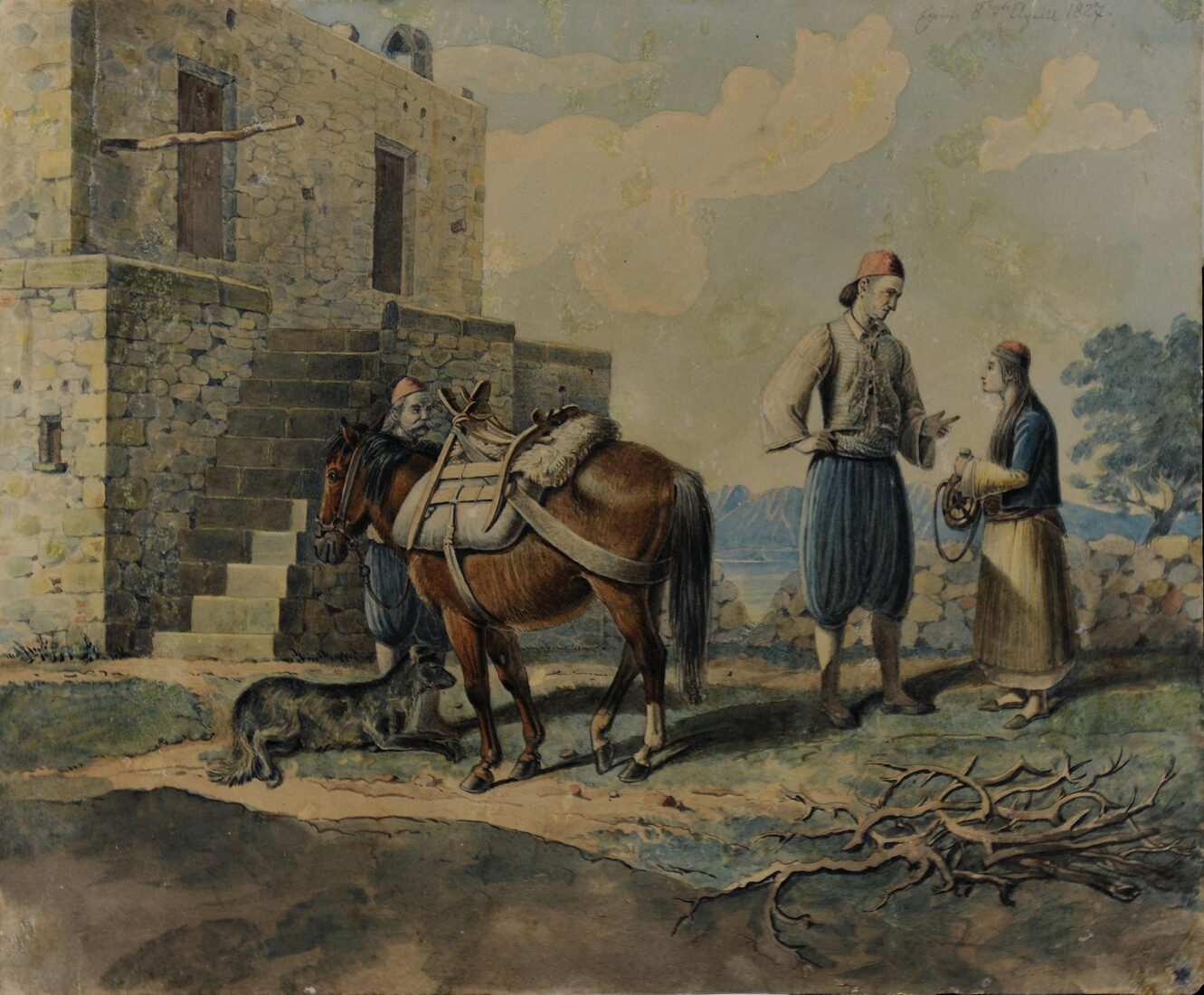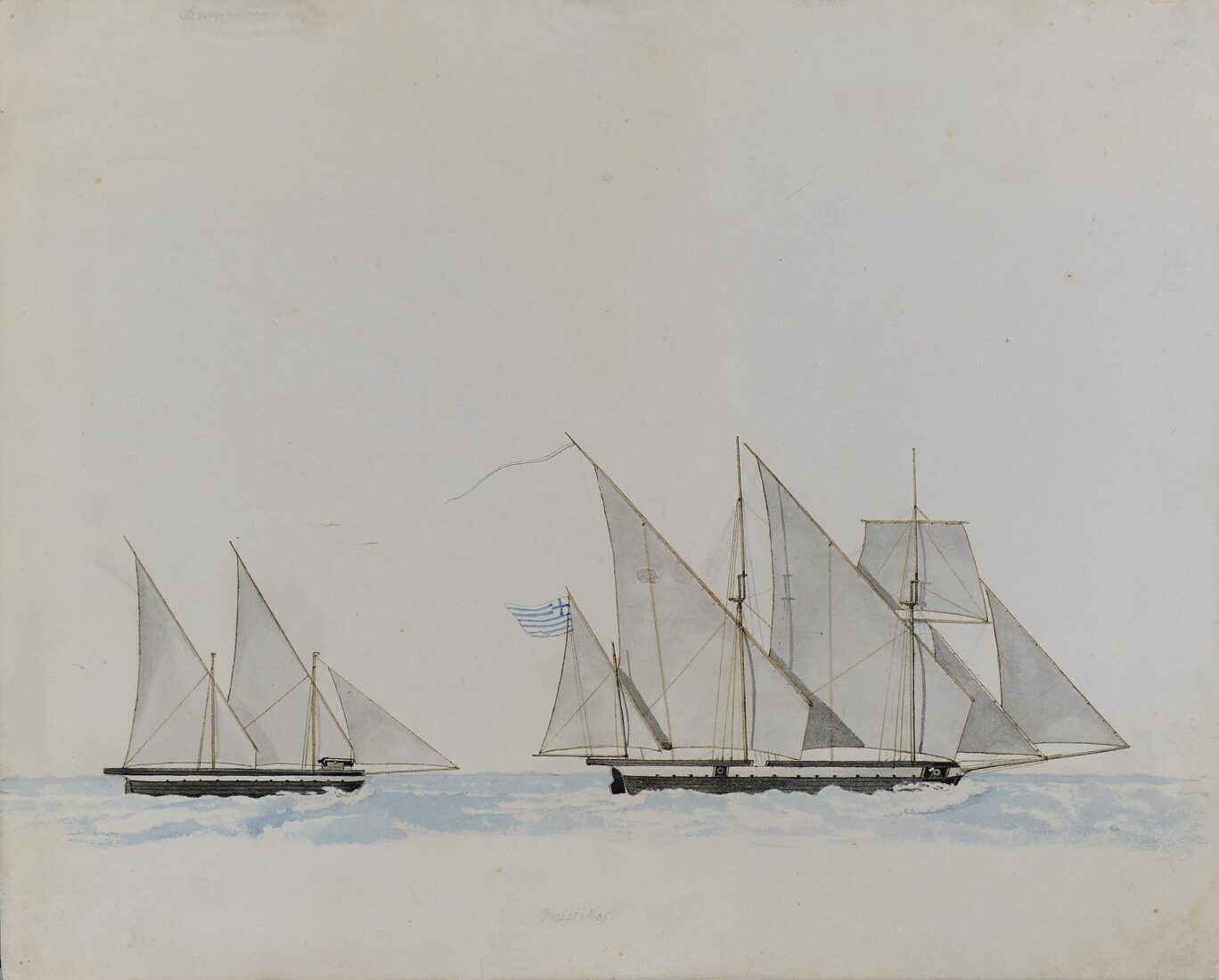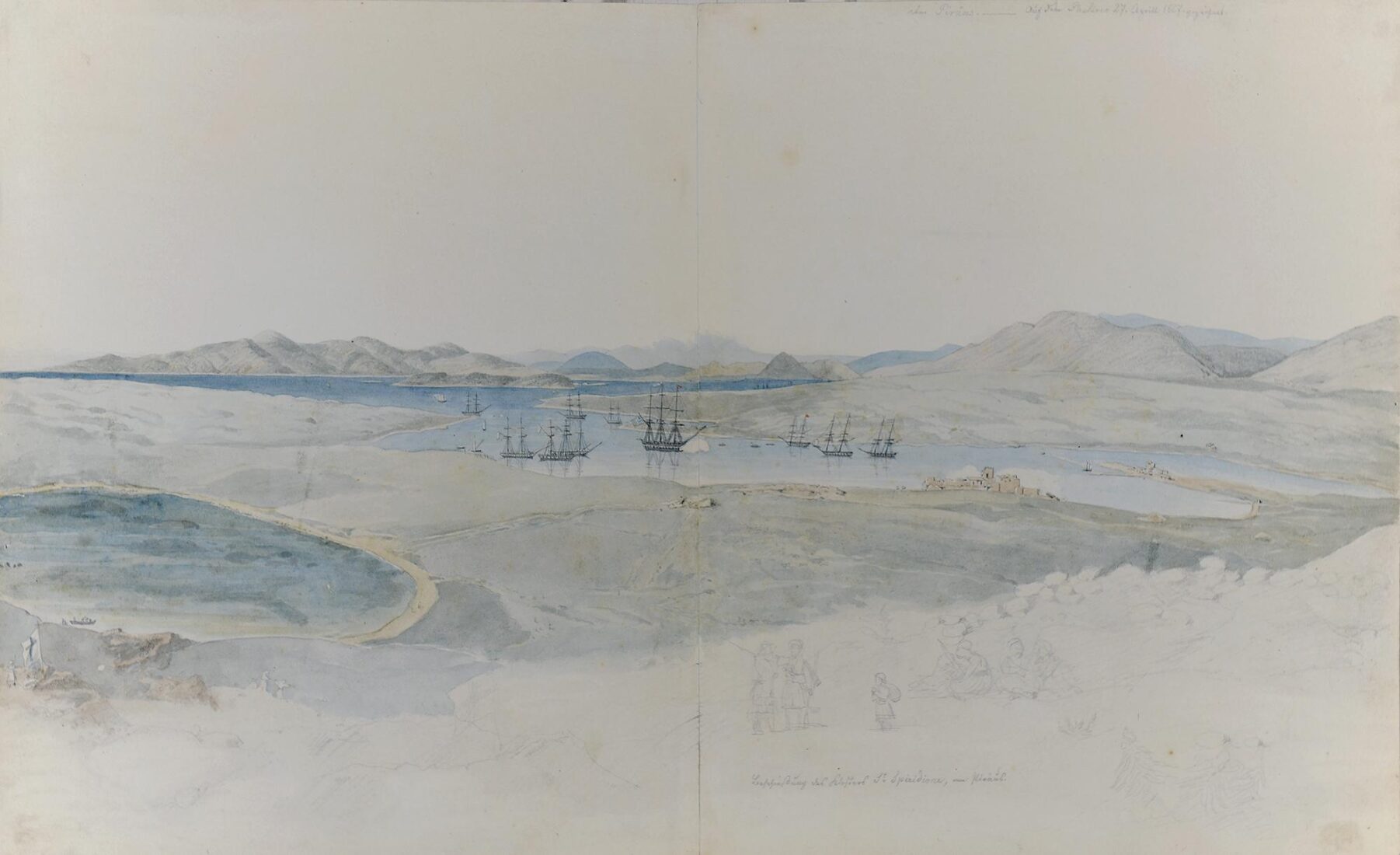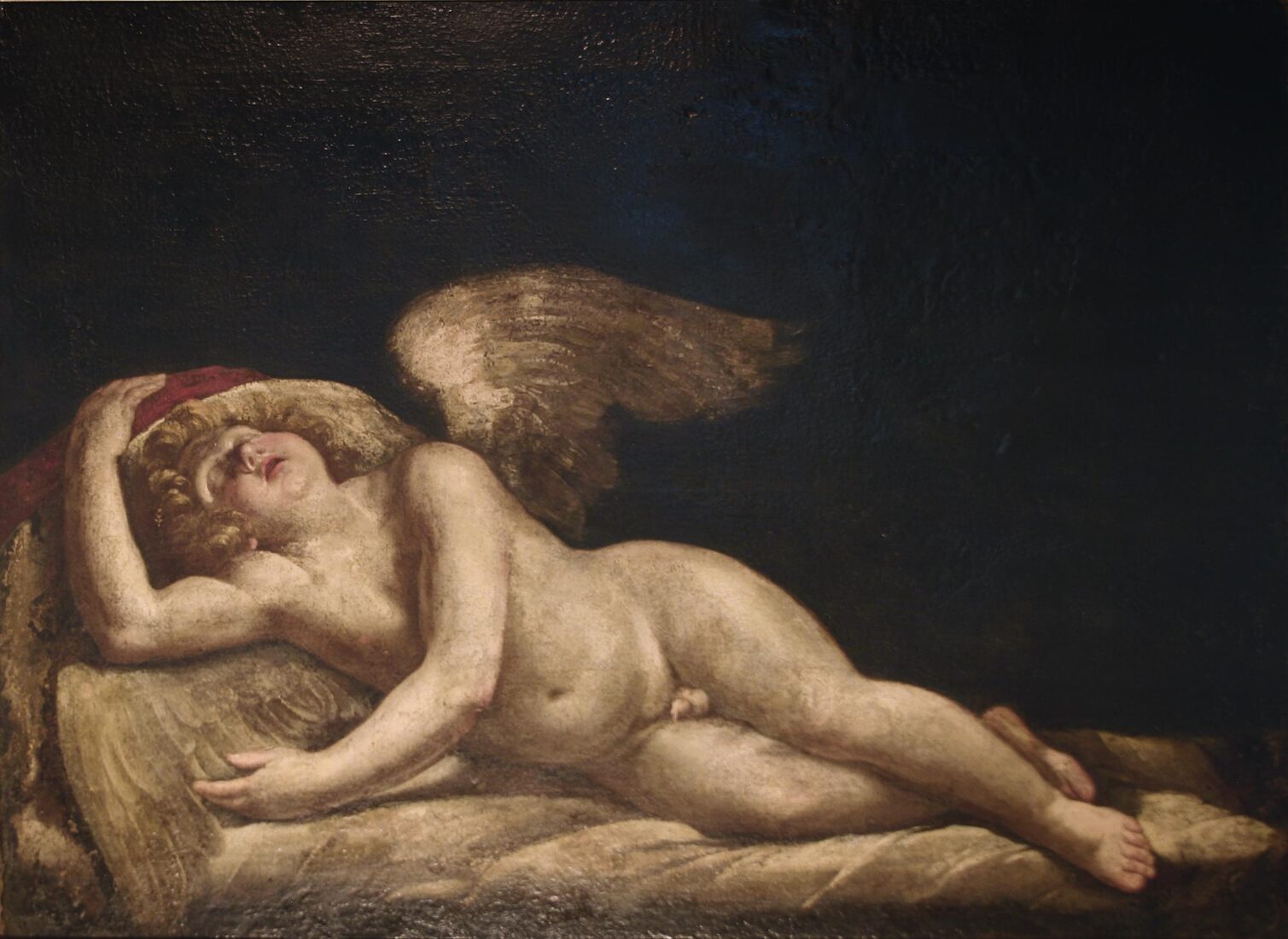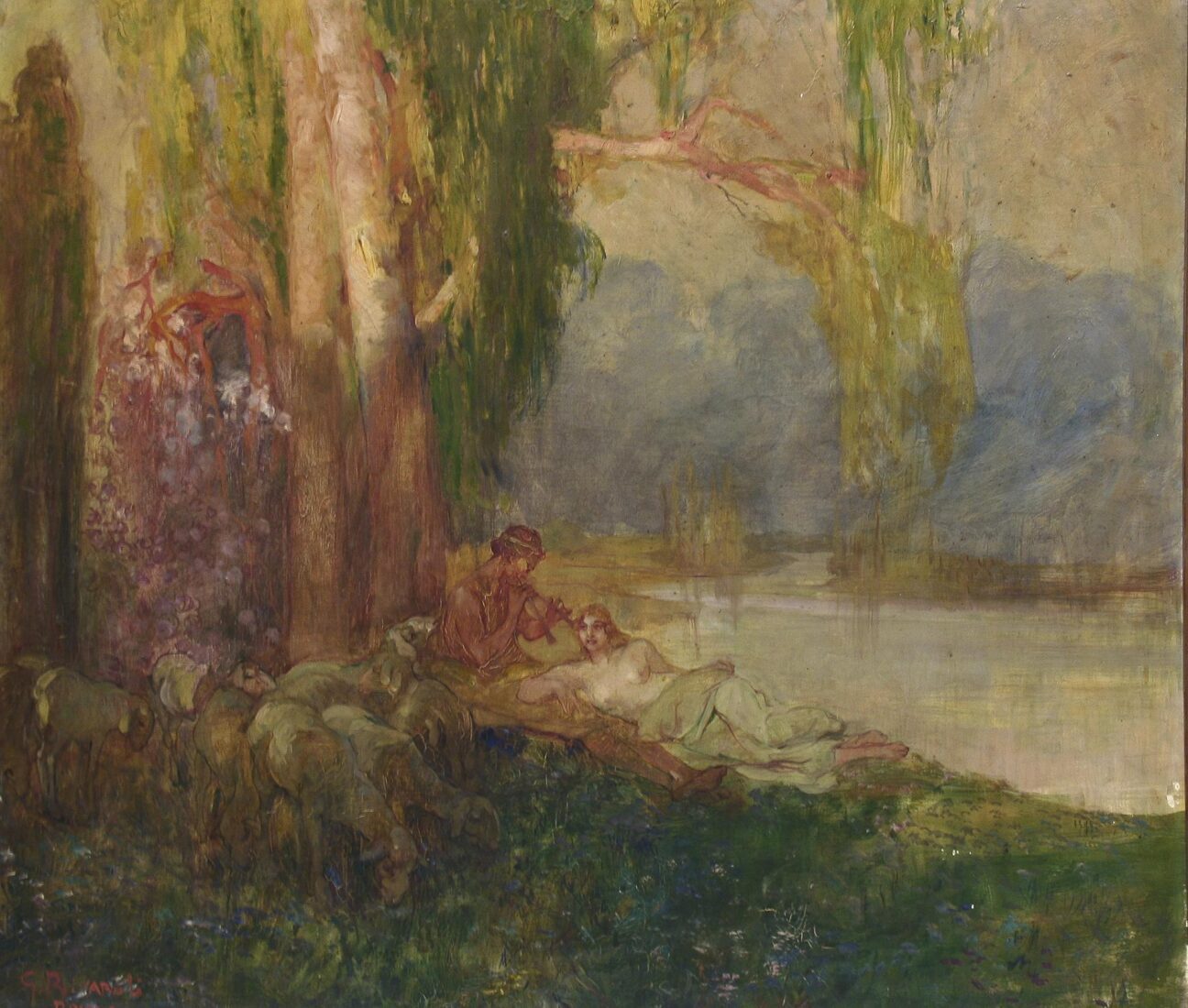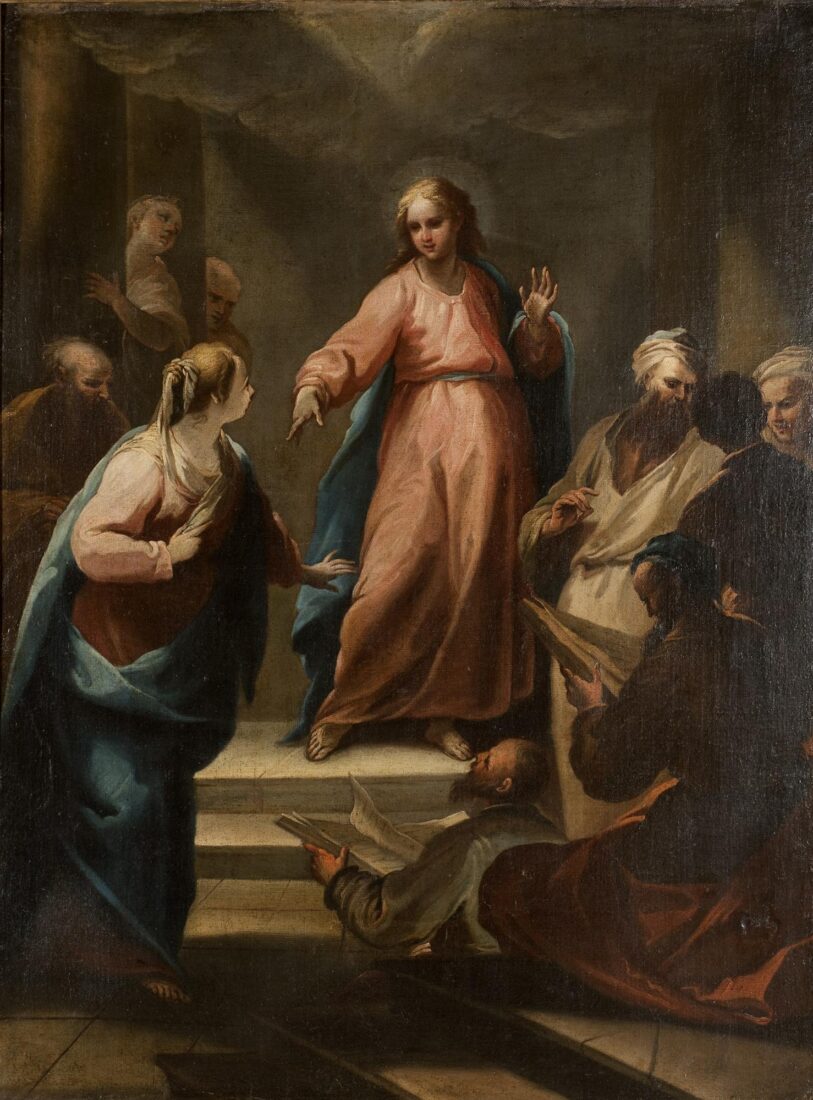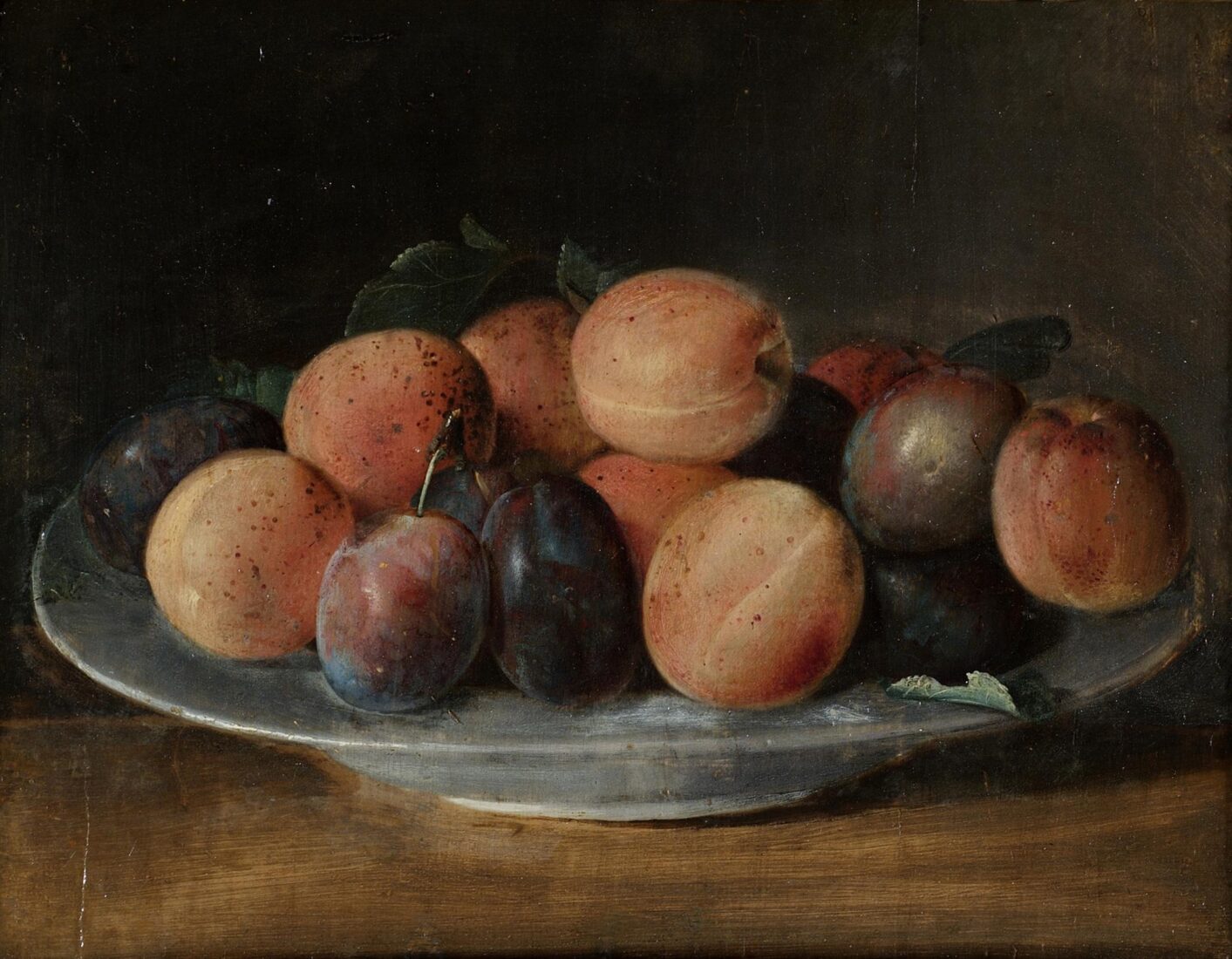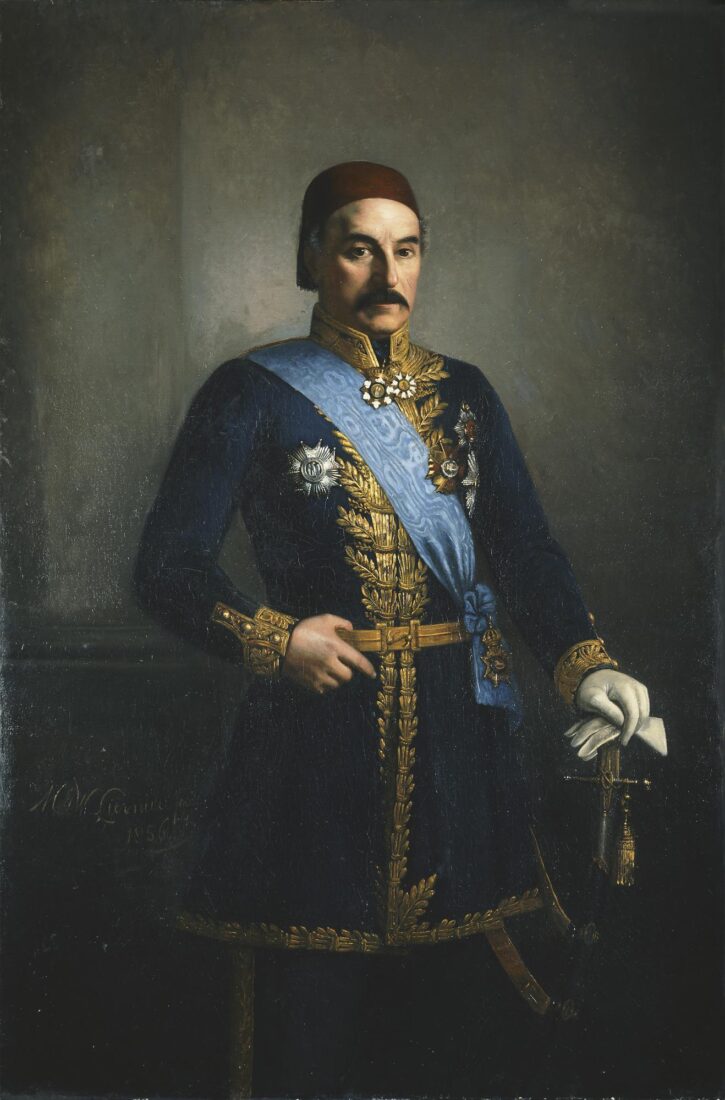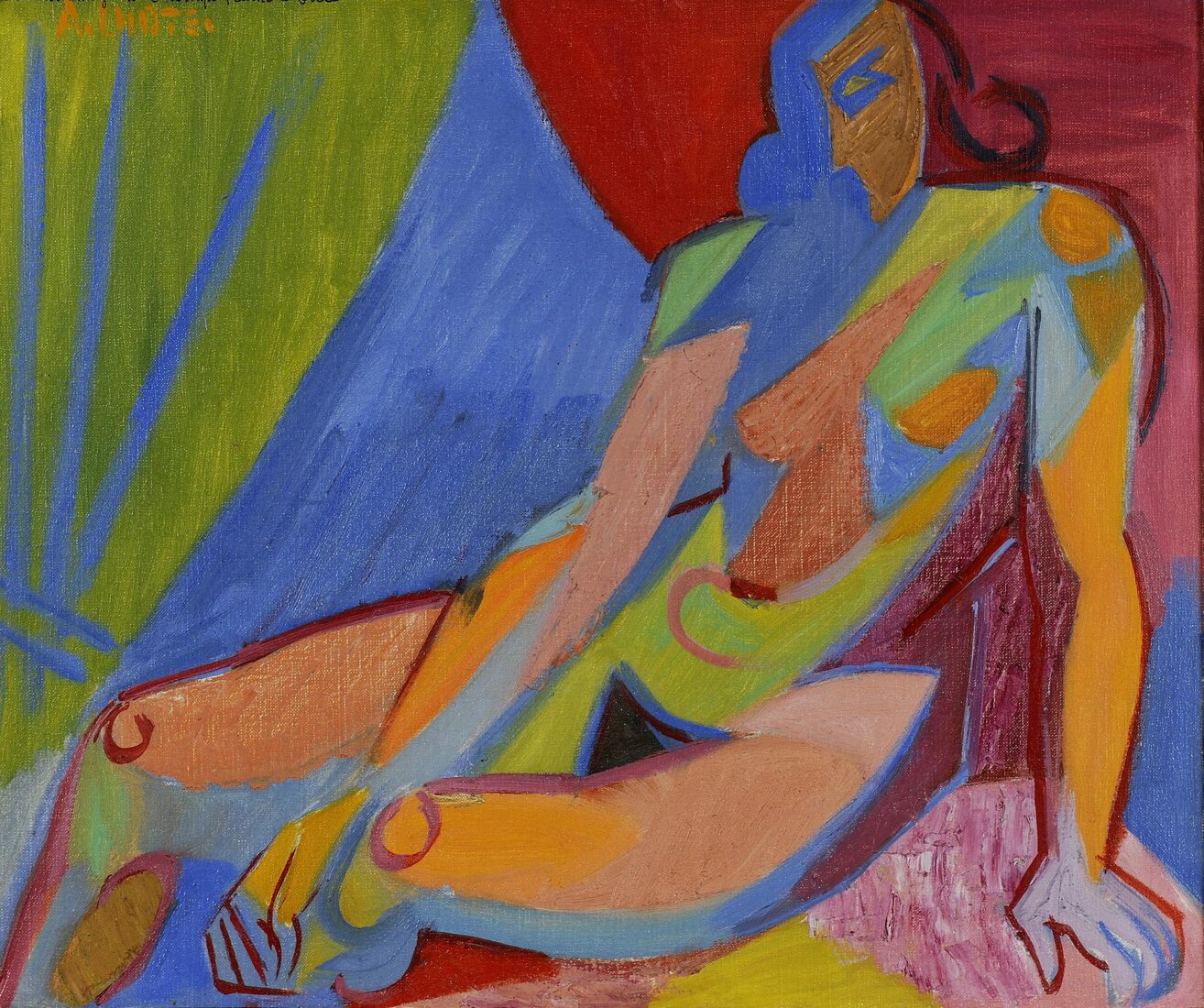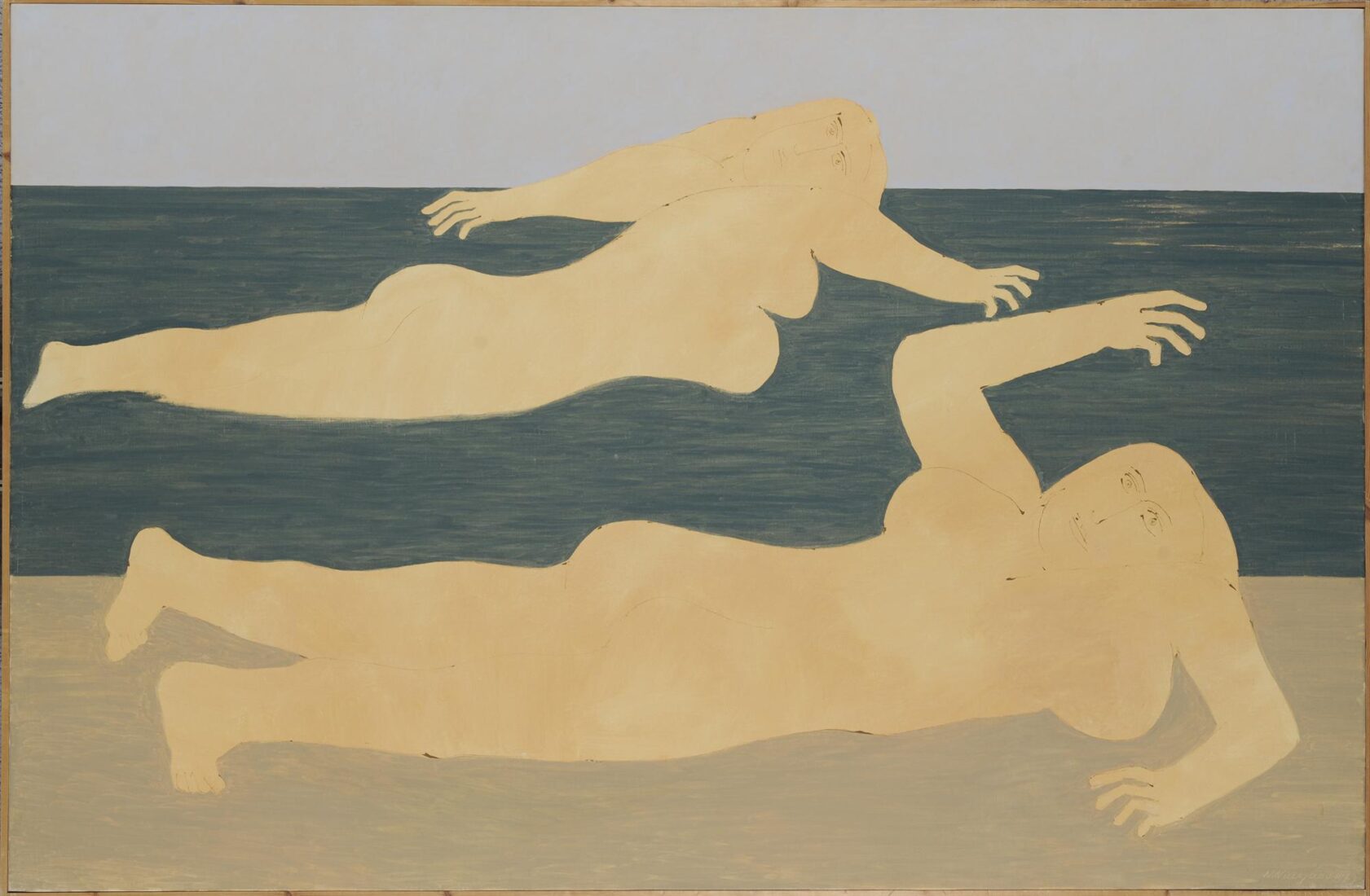

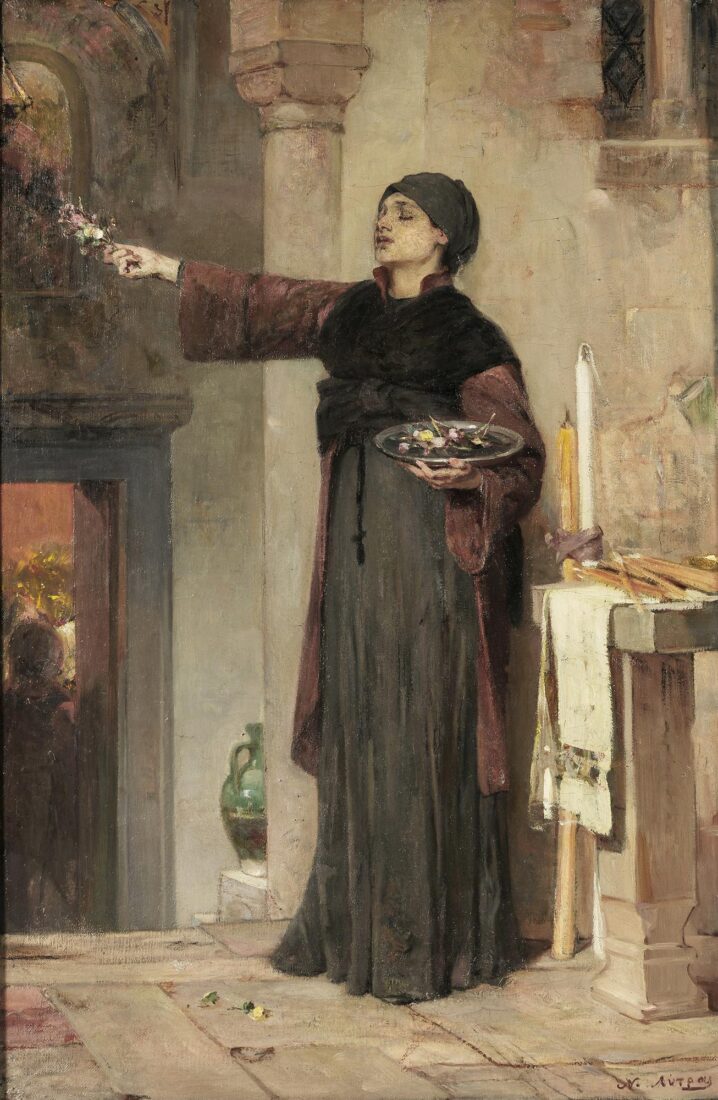
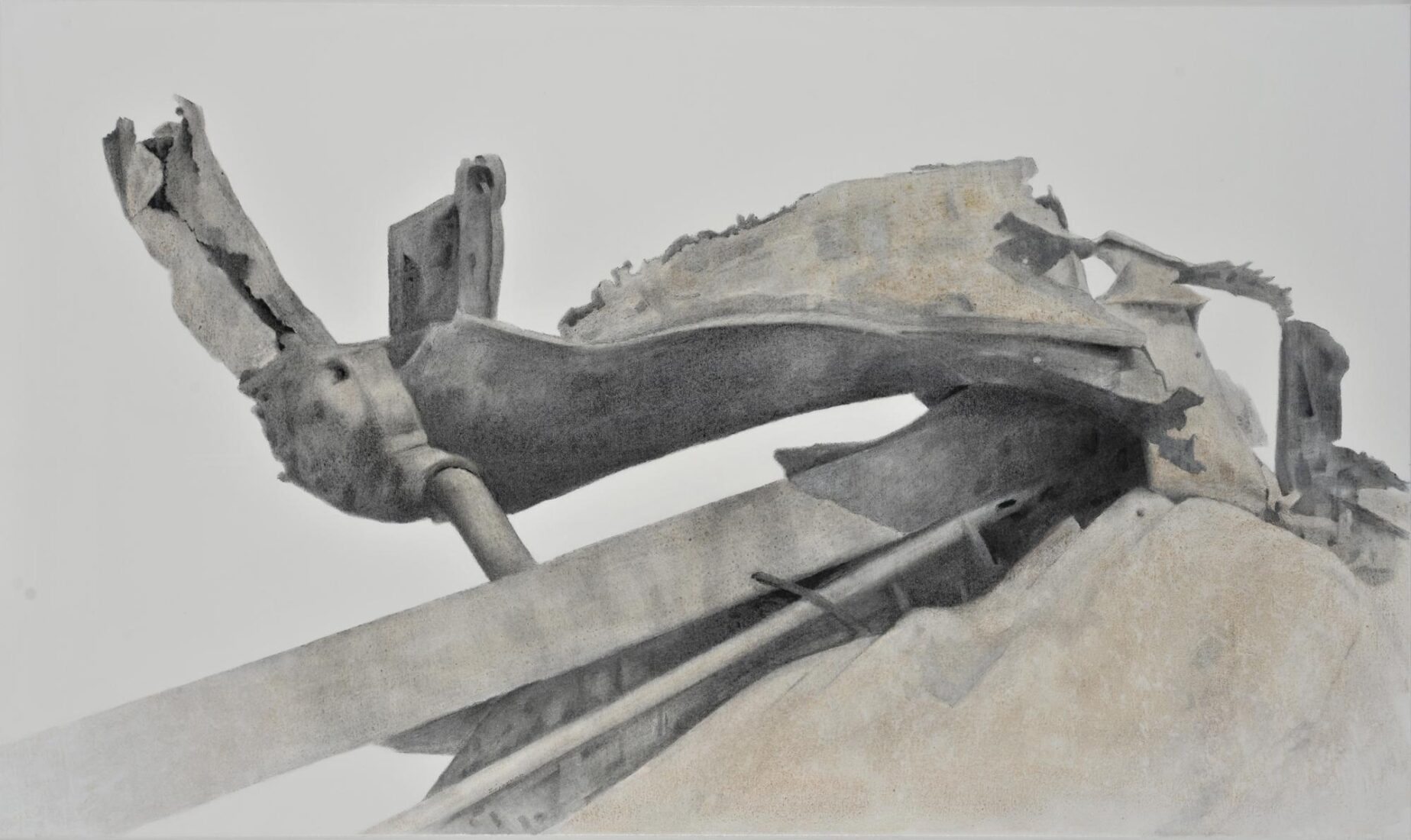
Time, deterioration and their antidote, memory, are the focus of Sotiris Sorogas’ oeuvre. With reverence and affection he paints parts of old machines that, after having served man, have been abandoned to the mercy of rust and time. Sorogas has retrieved these now useless carcasses from oblivion and silence by painting them with the flawless, sensitive style that characterizes his technique. The picture of the iron relic, painted in the brownish shades of rust, takes on another, almost metaphysical dimension, suspended as it is on the white canvas. The texture of the medium, the space, the voids, and the feeling of silence and arrested time play major roles in Sotiris Sorogas’ individualistic painterly idiom.
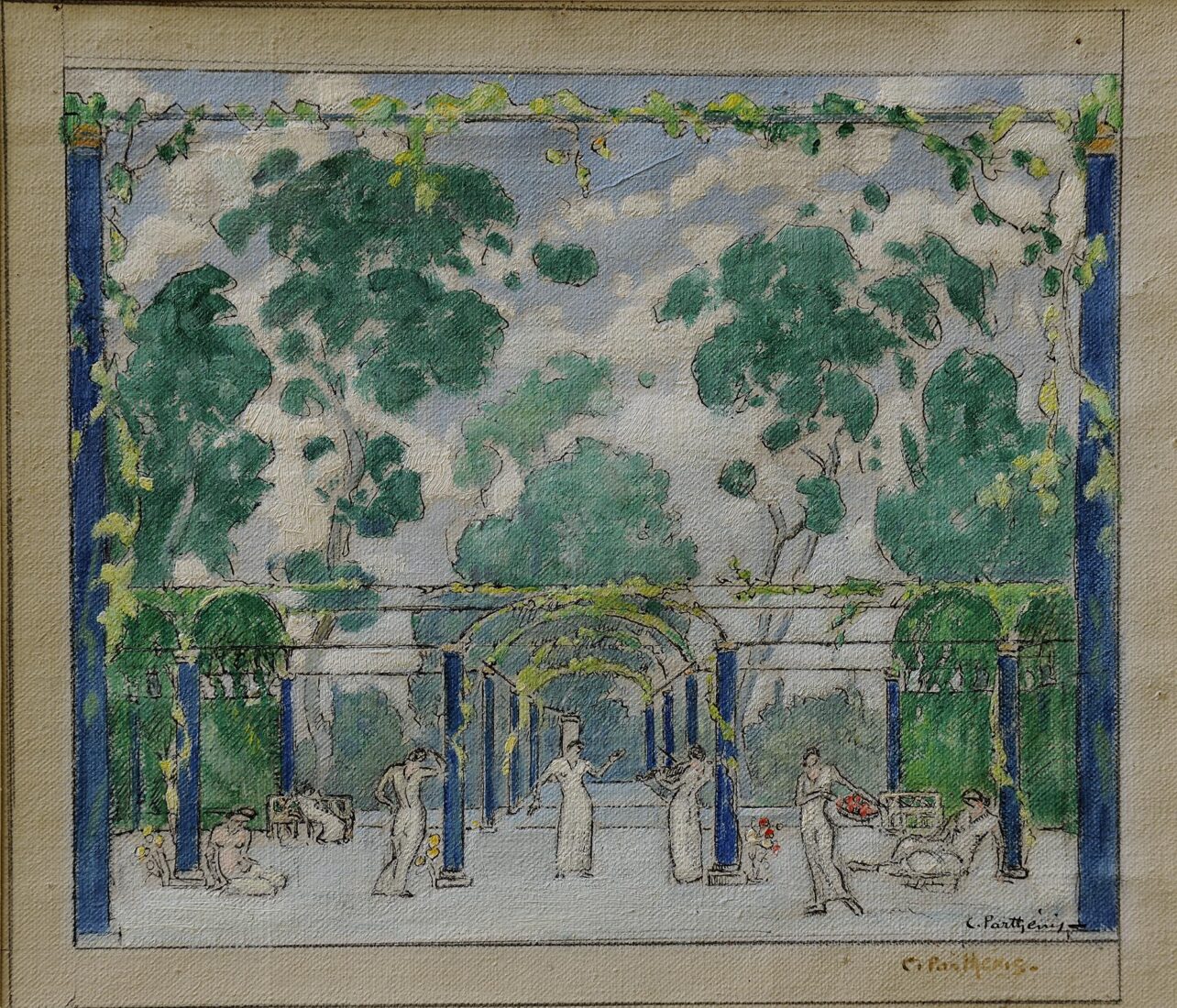
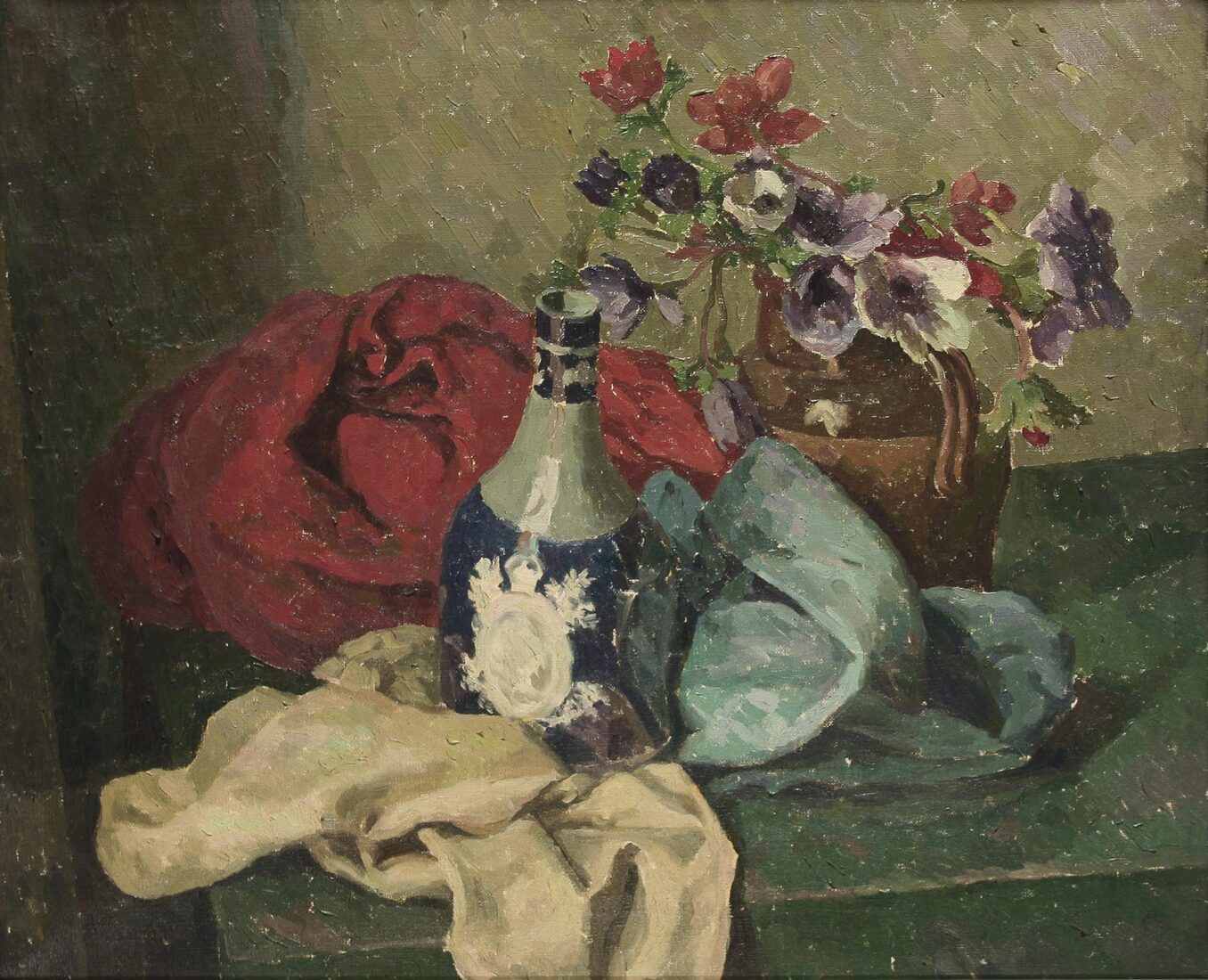
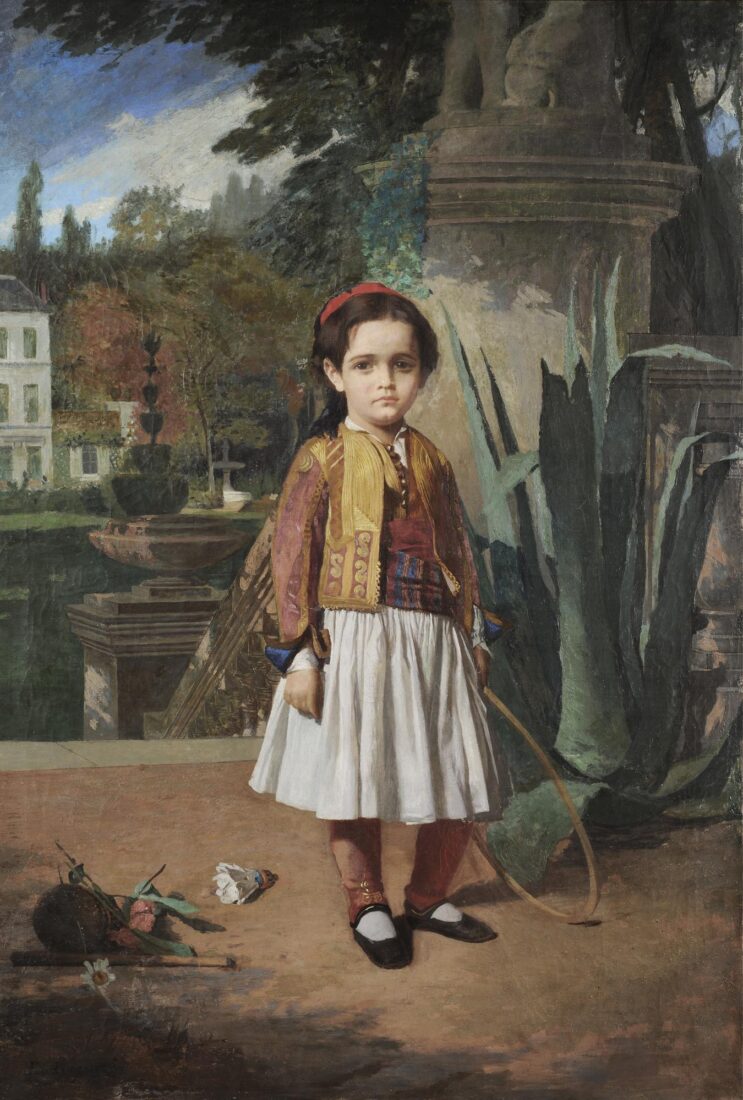
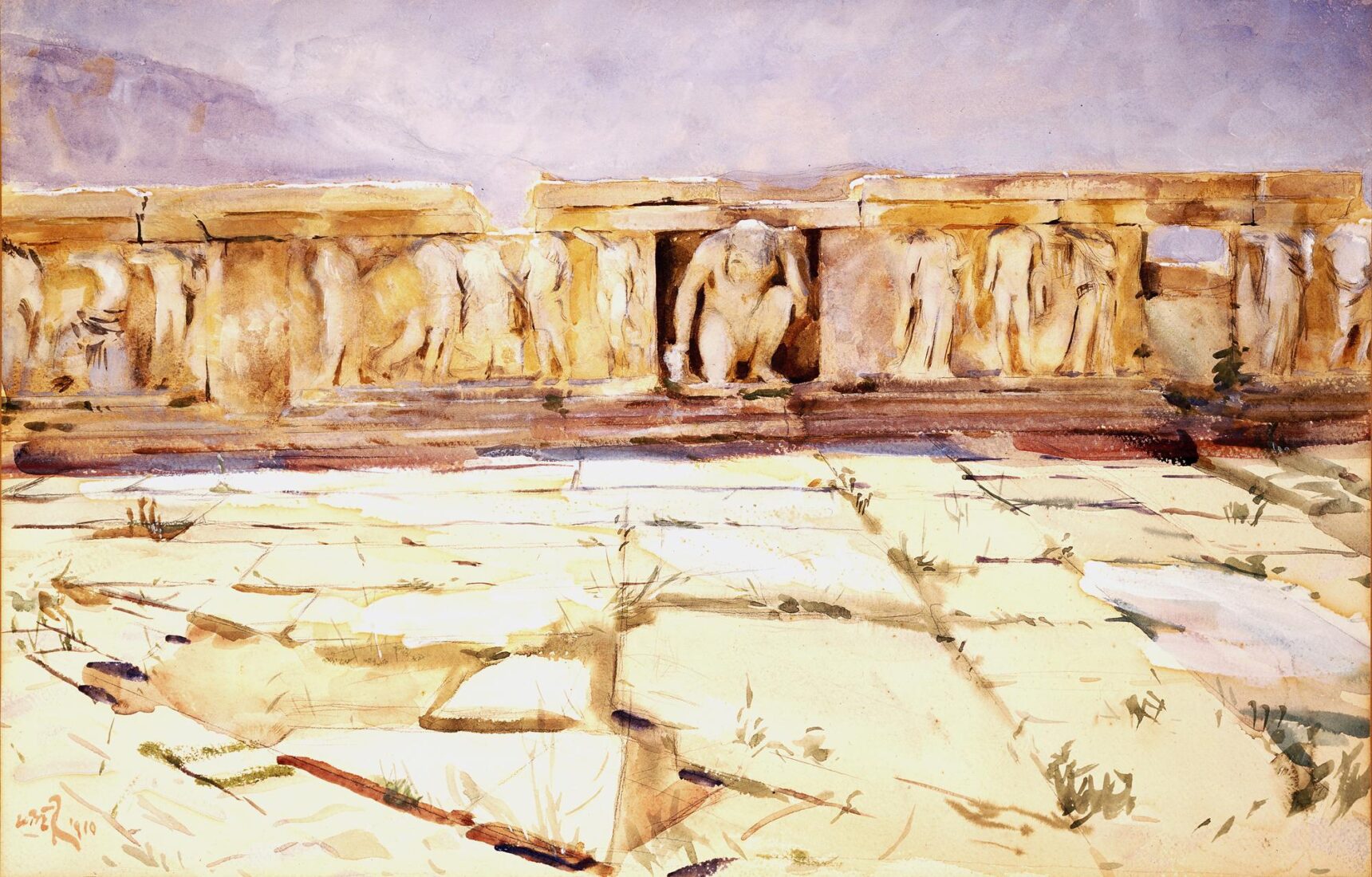
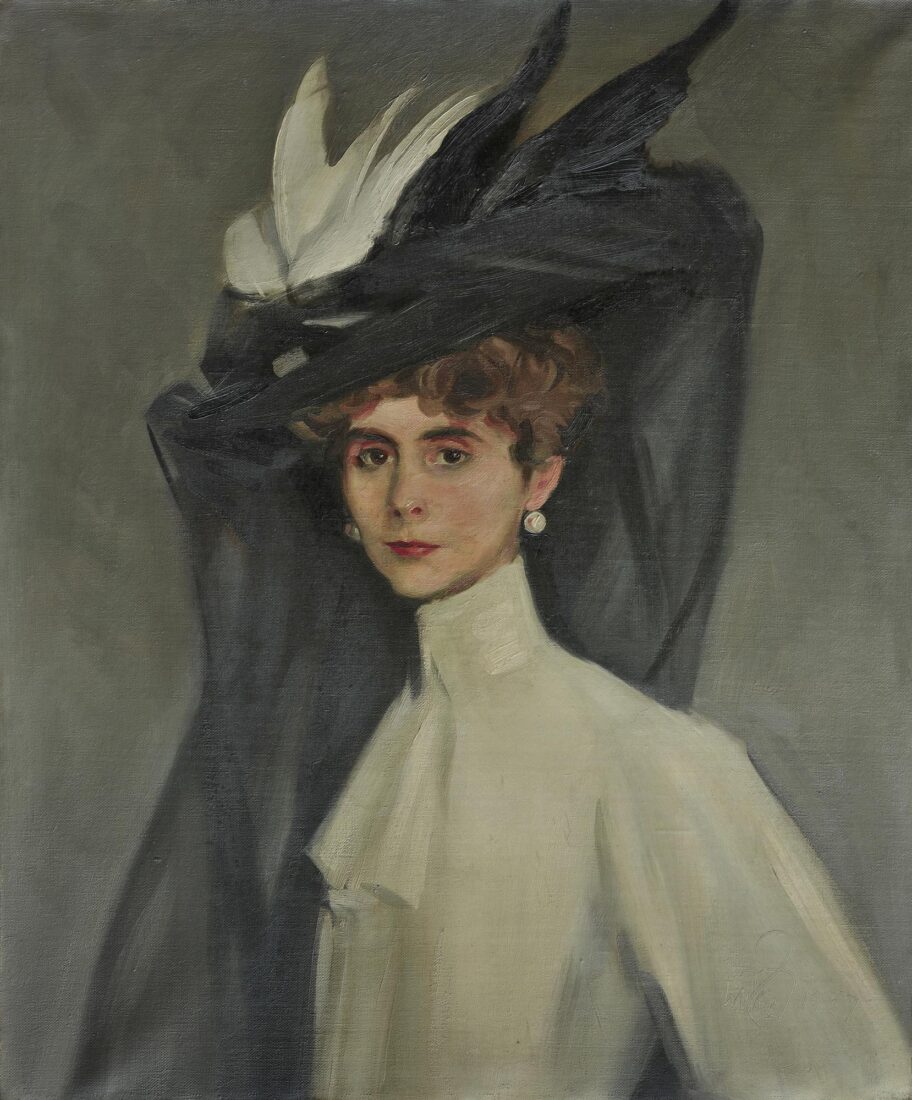
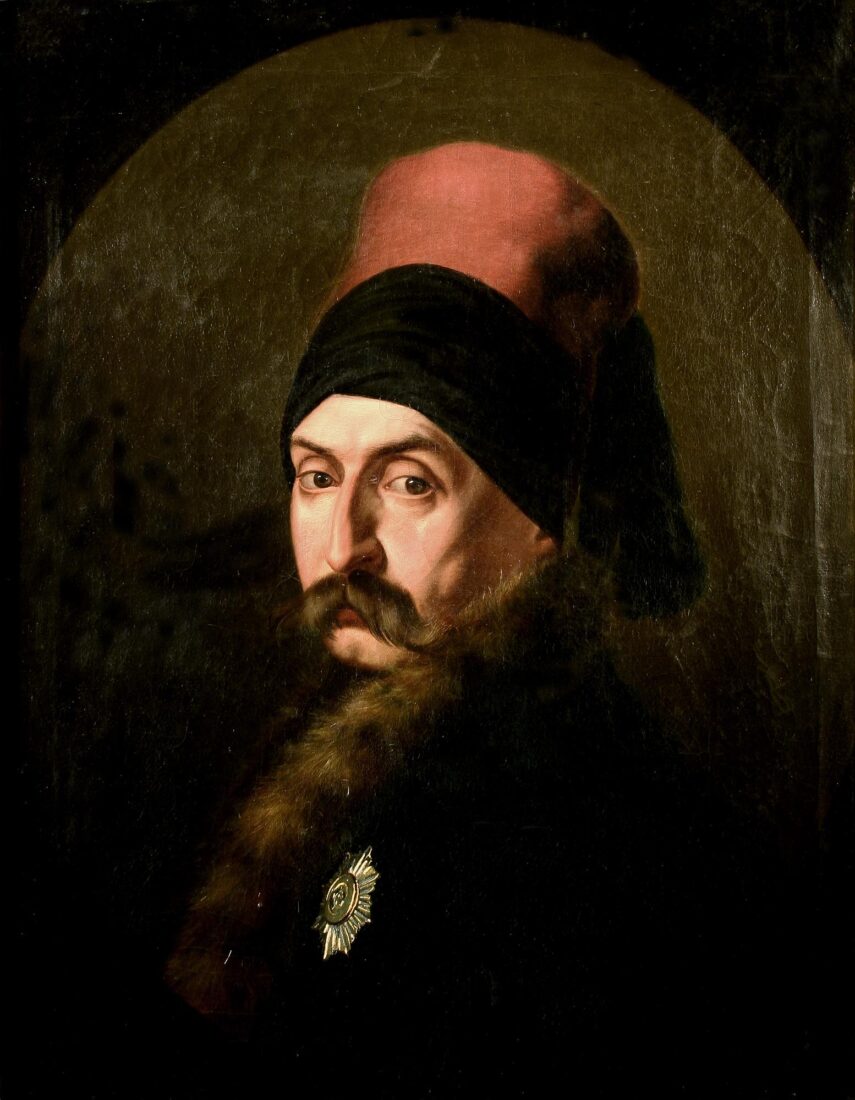
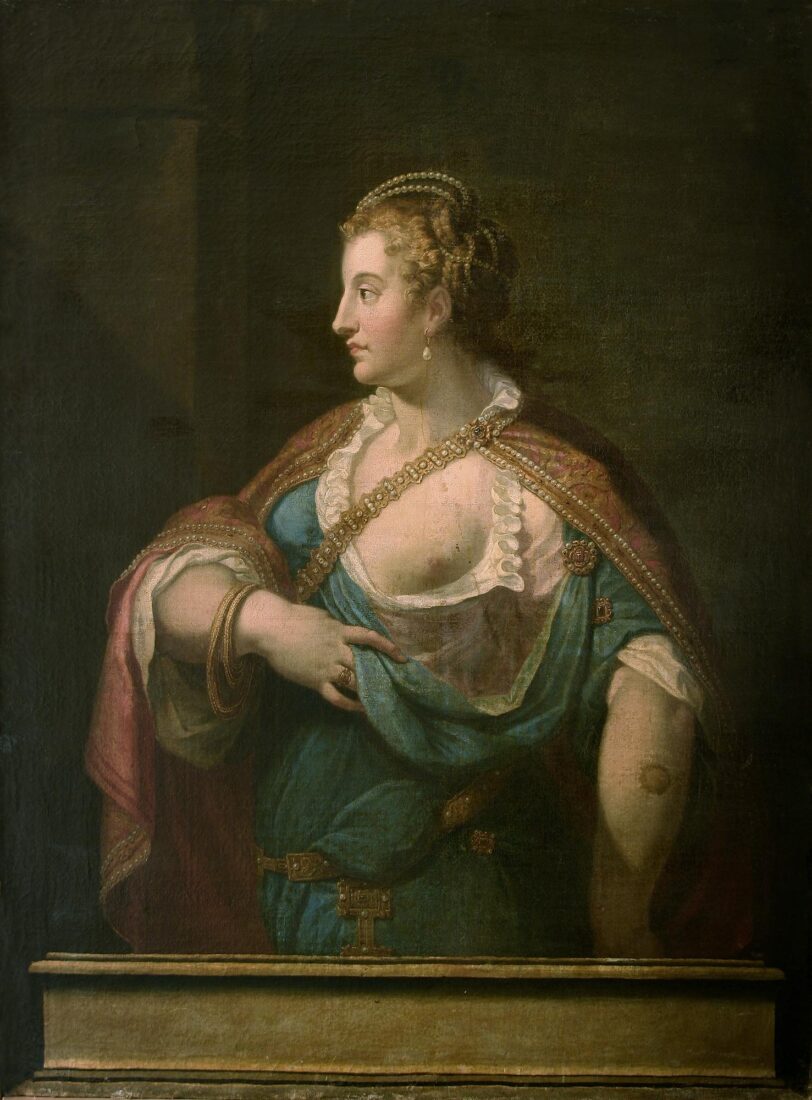
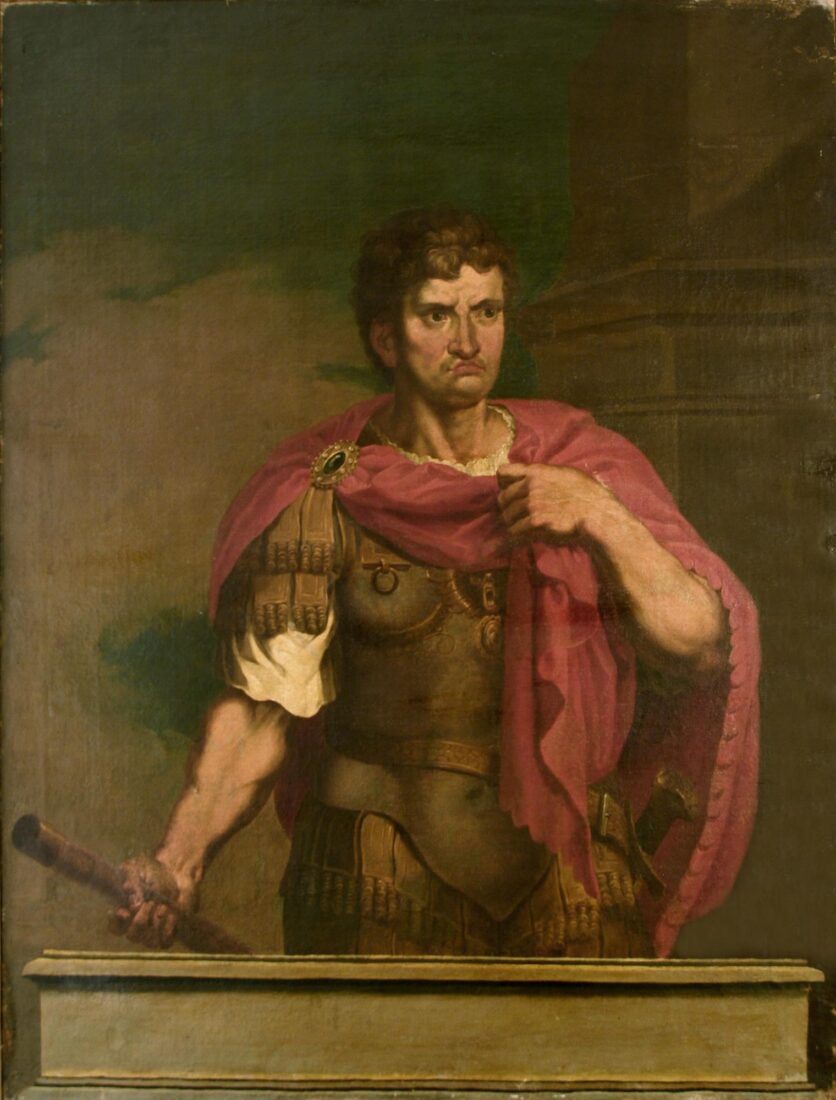
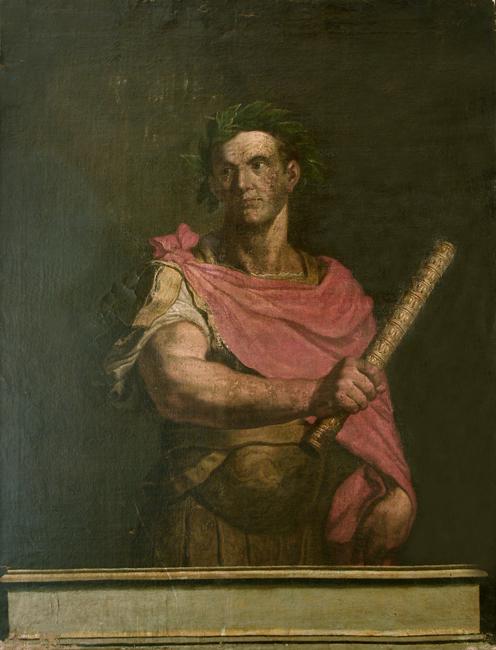
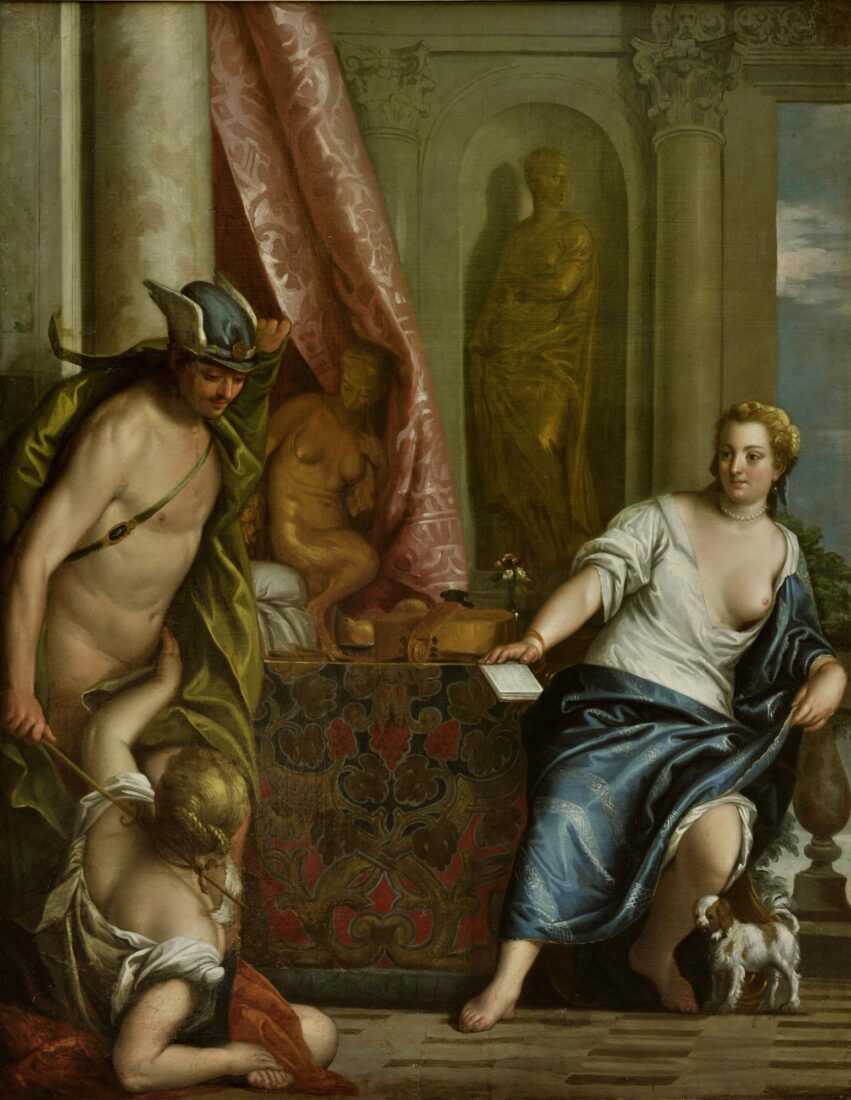
The painting is a copy, probably of the 18th century, of the work by Paolo Veronese (Verona 1528 – Venice 1588) Hermes, Herse and Aglauros, presently at the Fitzwilliam Museum, Cambridge; it depicts a mythological scene from Ovid’s Metamorphoses, in which Hermes, in love with Herse, an Athenian princess, tries to enter into her room while her sister, Aglauros, tries to prevent him. Then, in order to reach his goal, he transforms Aglauros into a stone statue, in front of surprised Herse.
